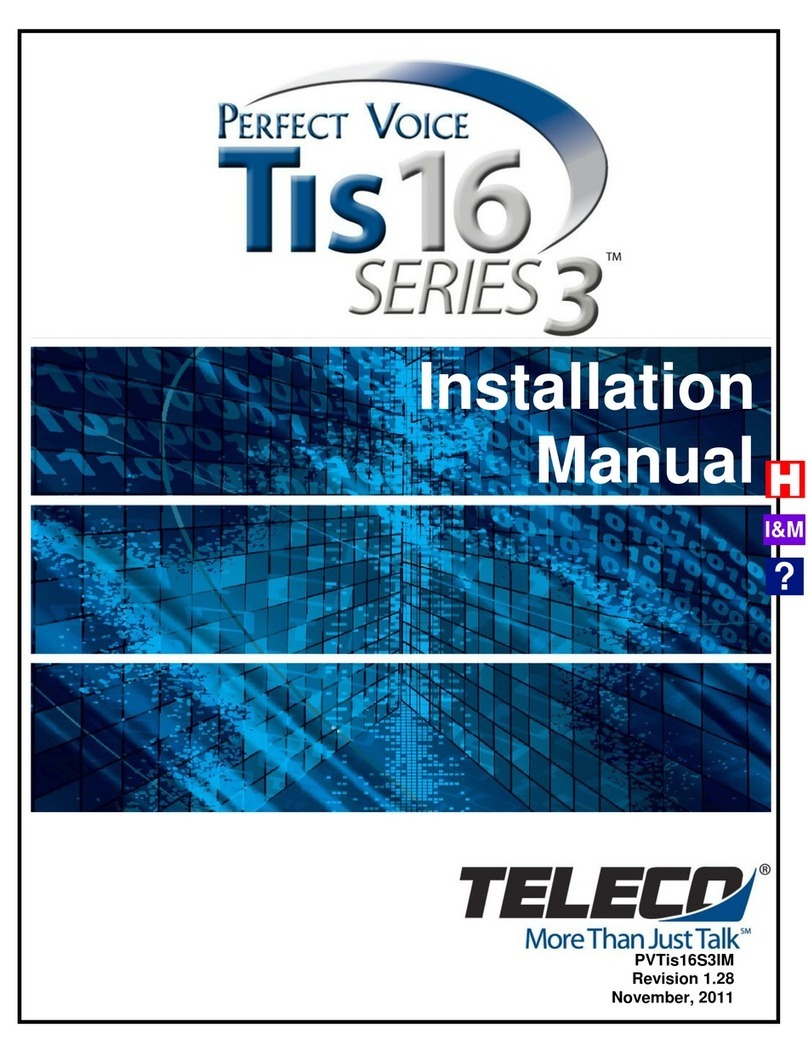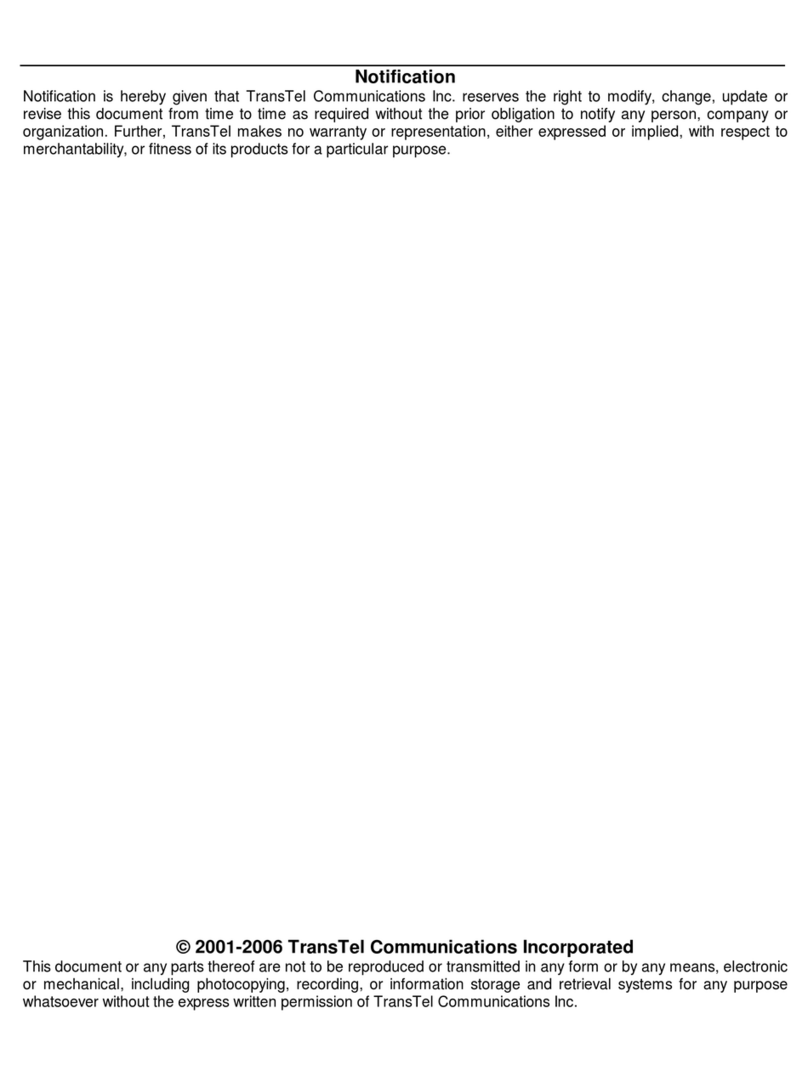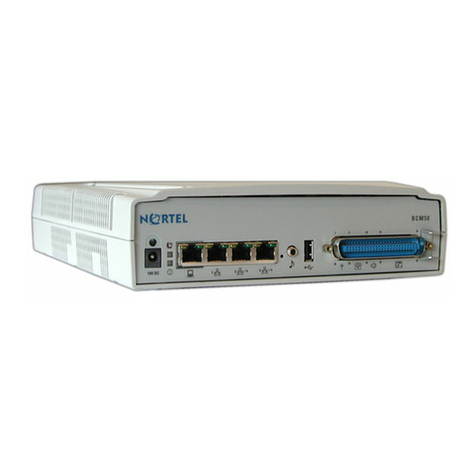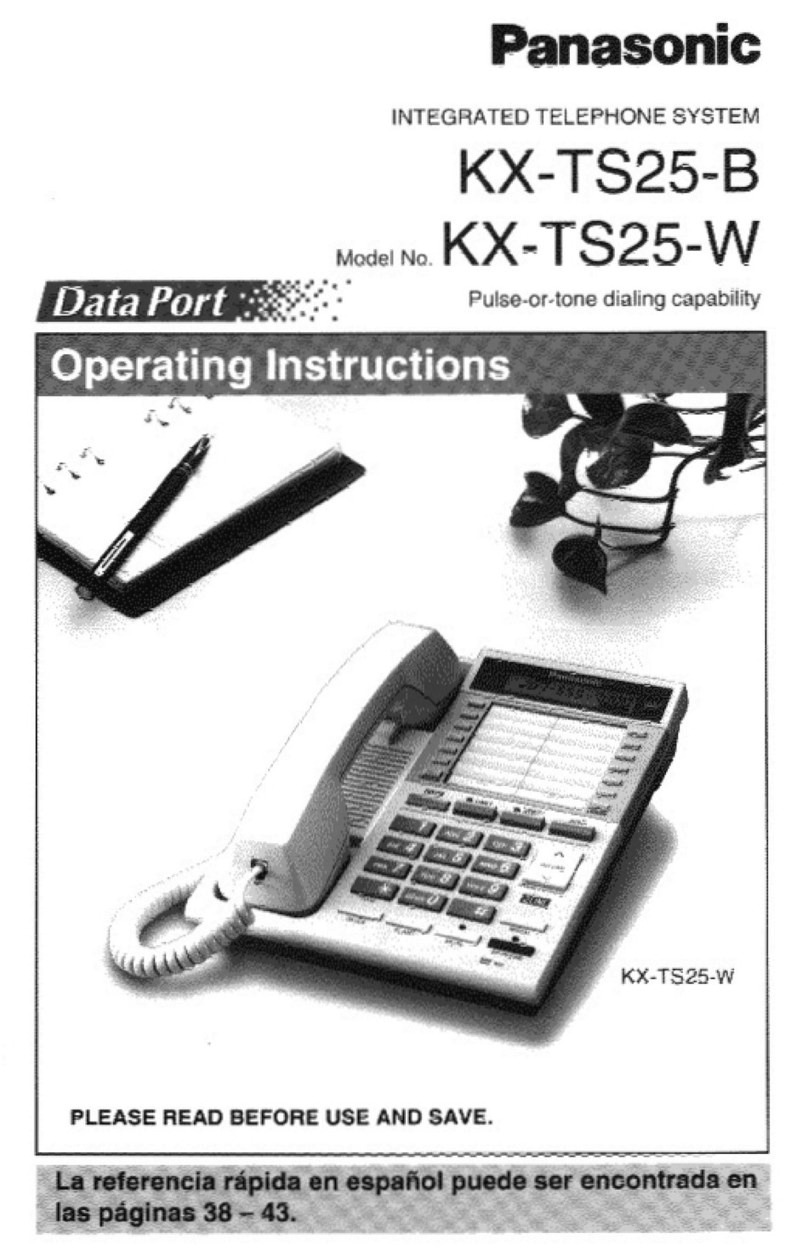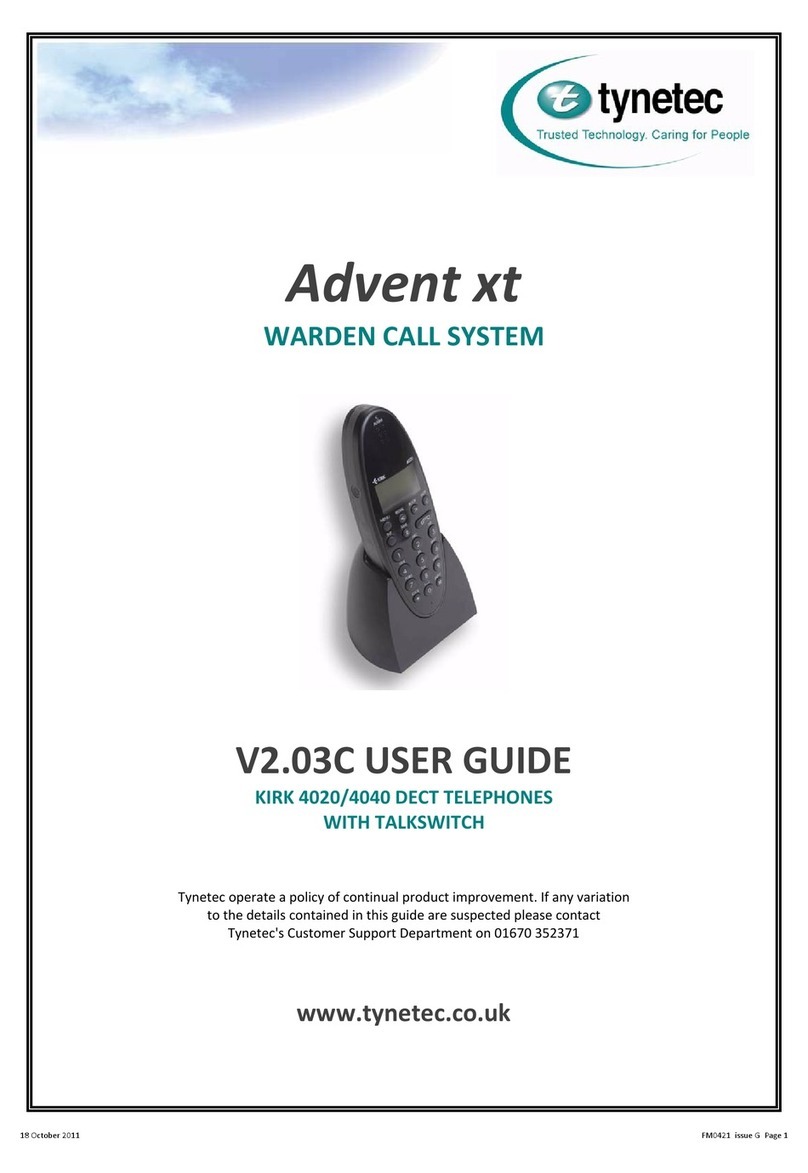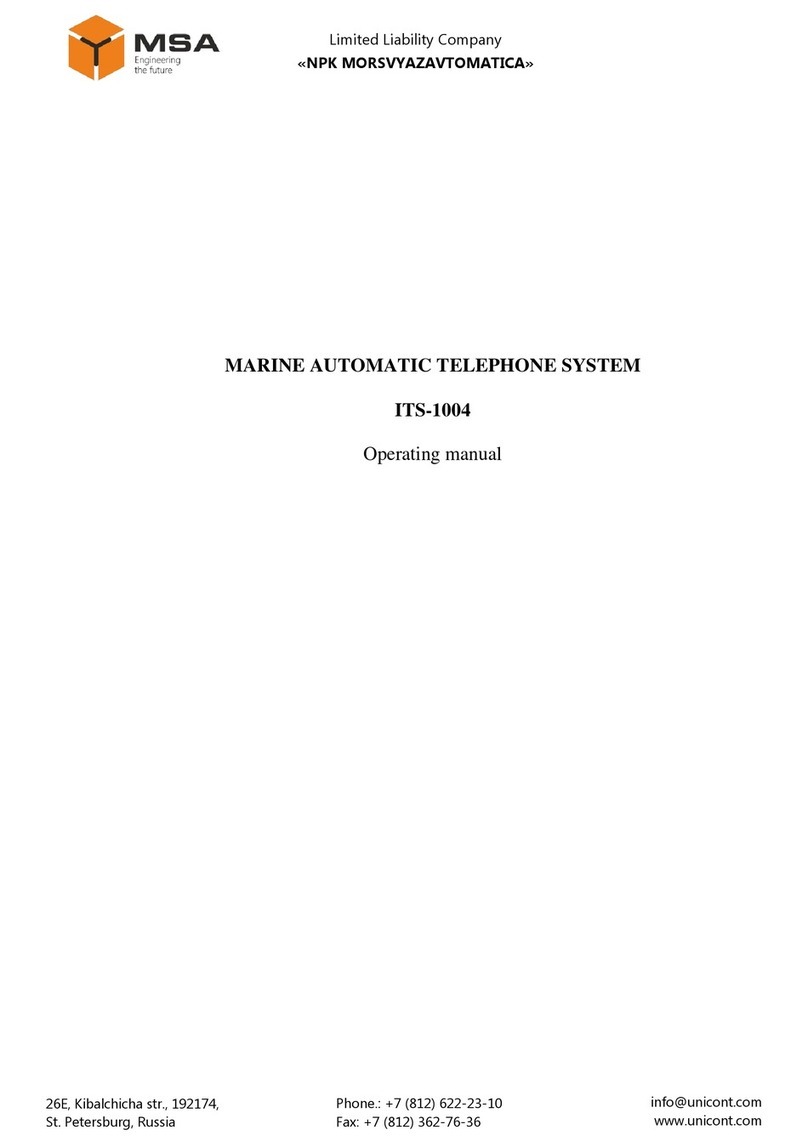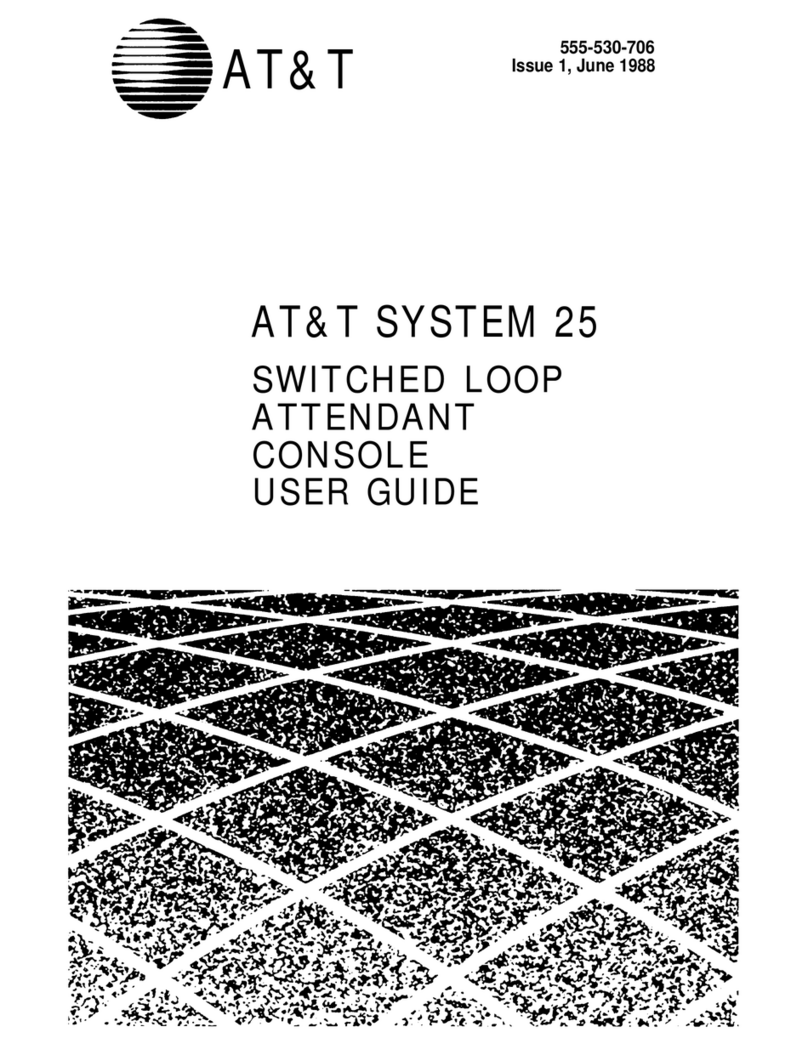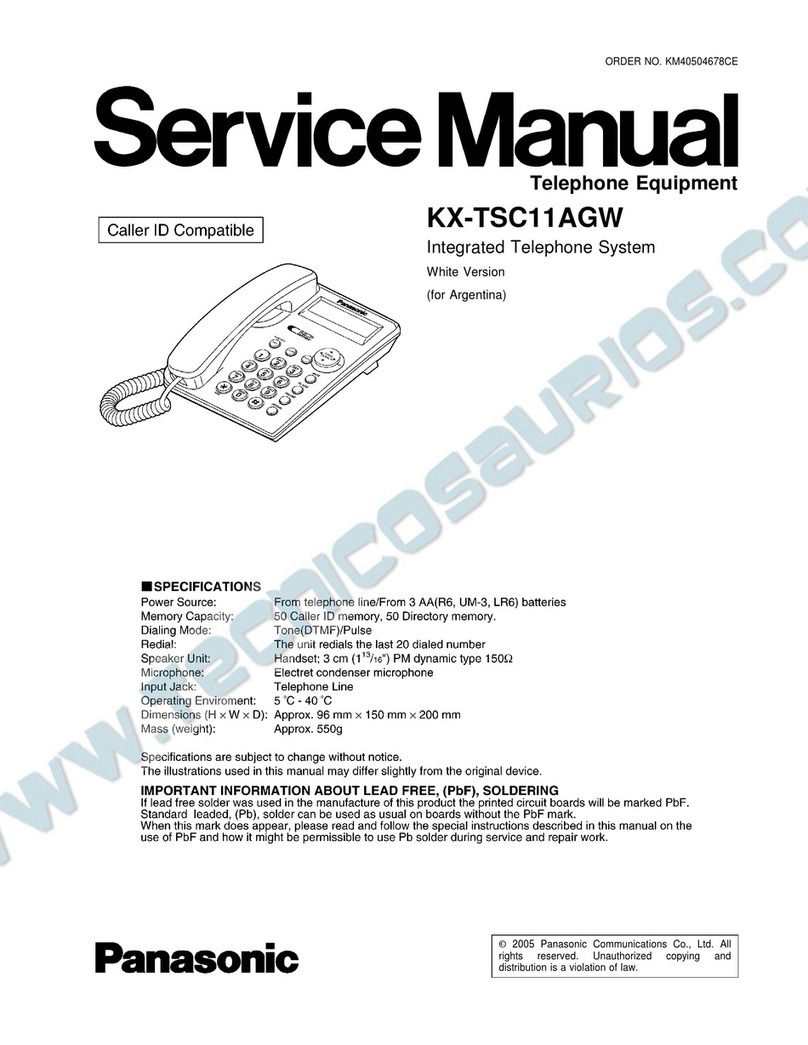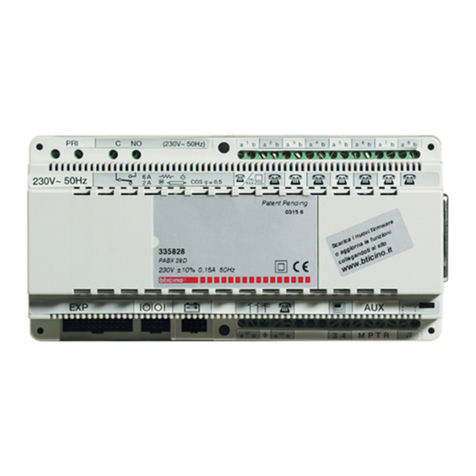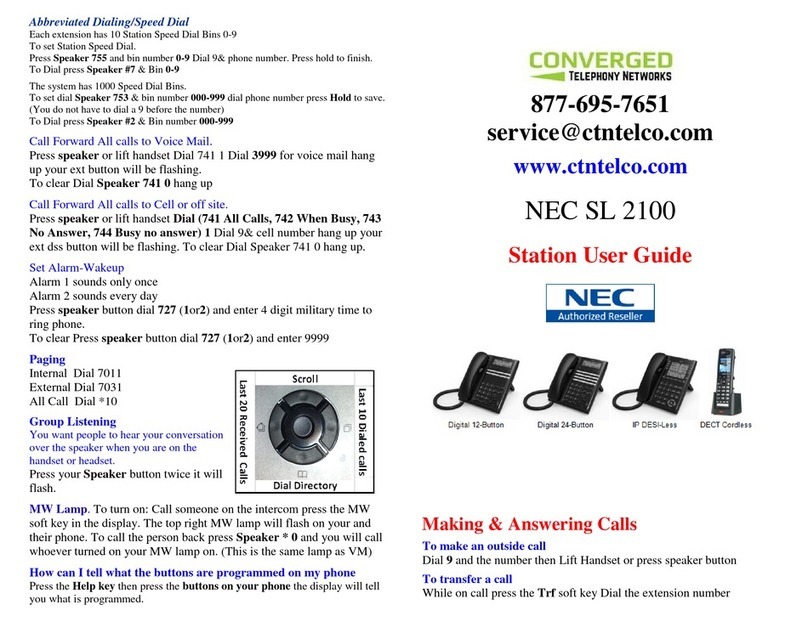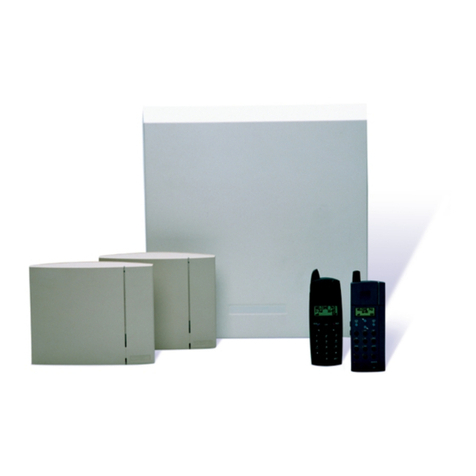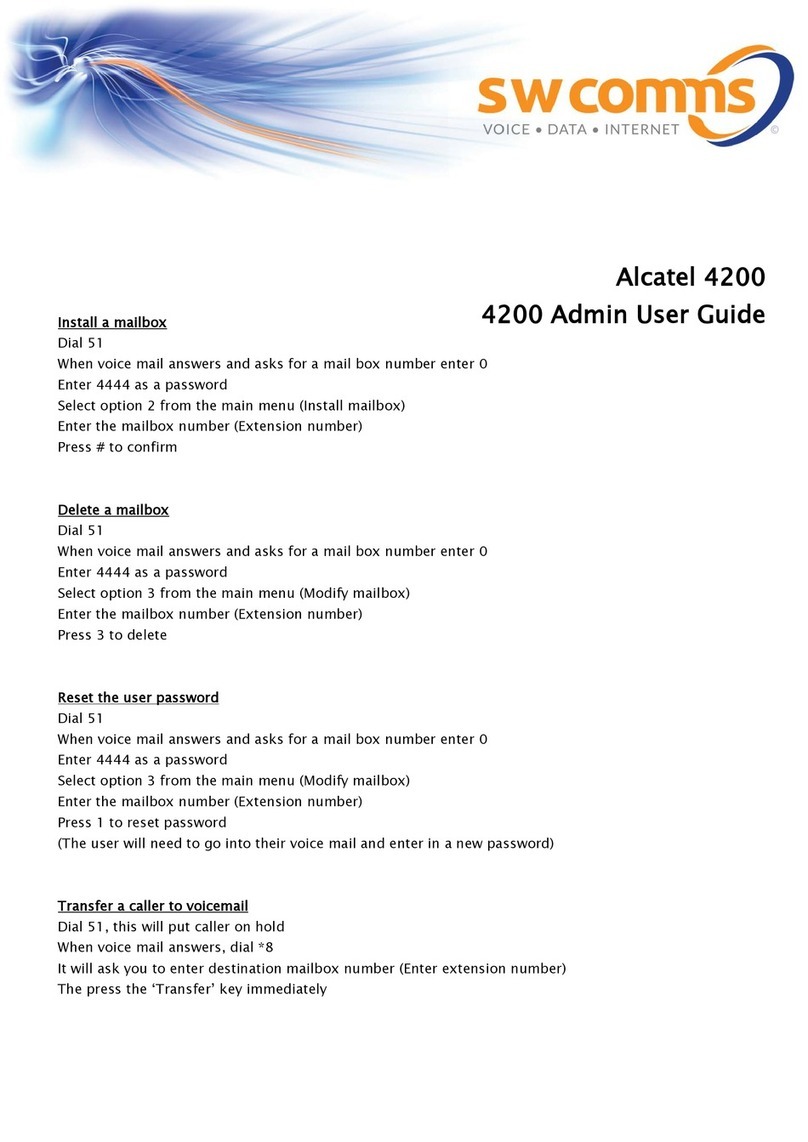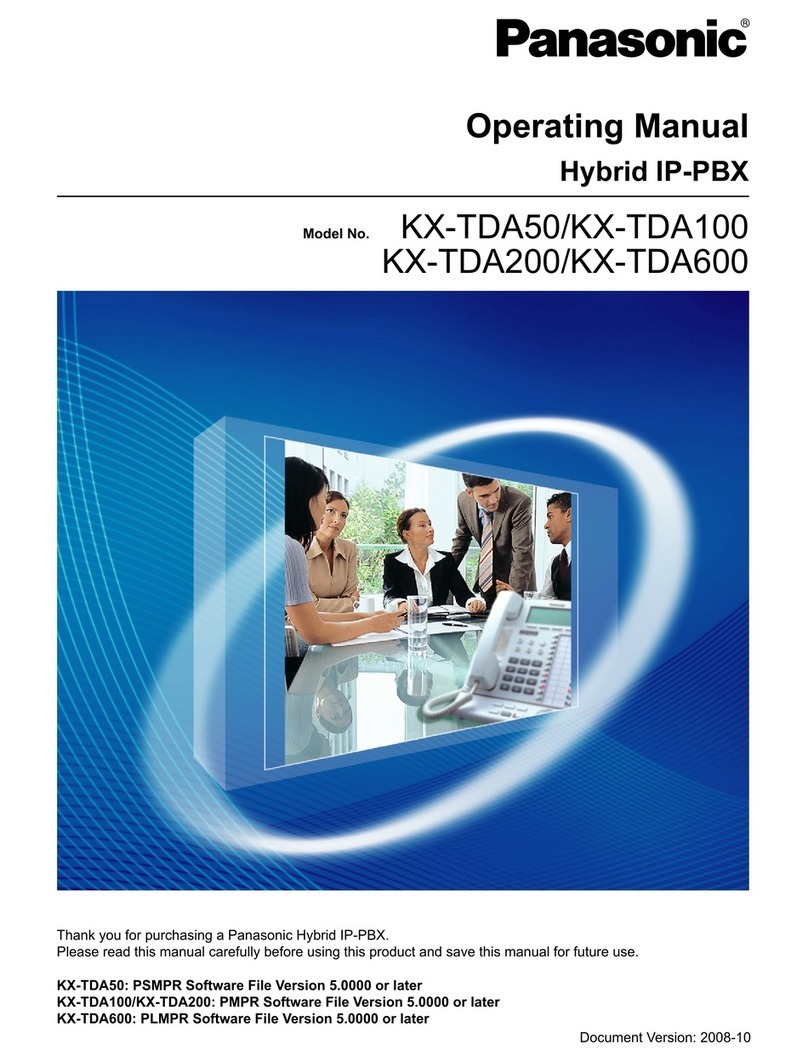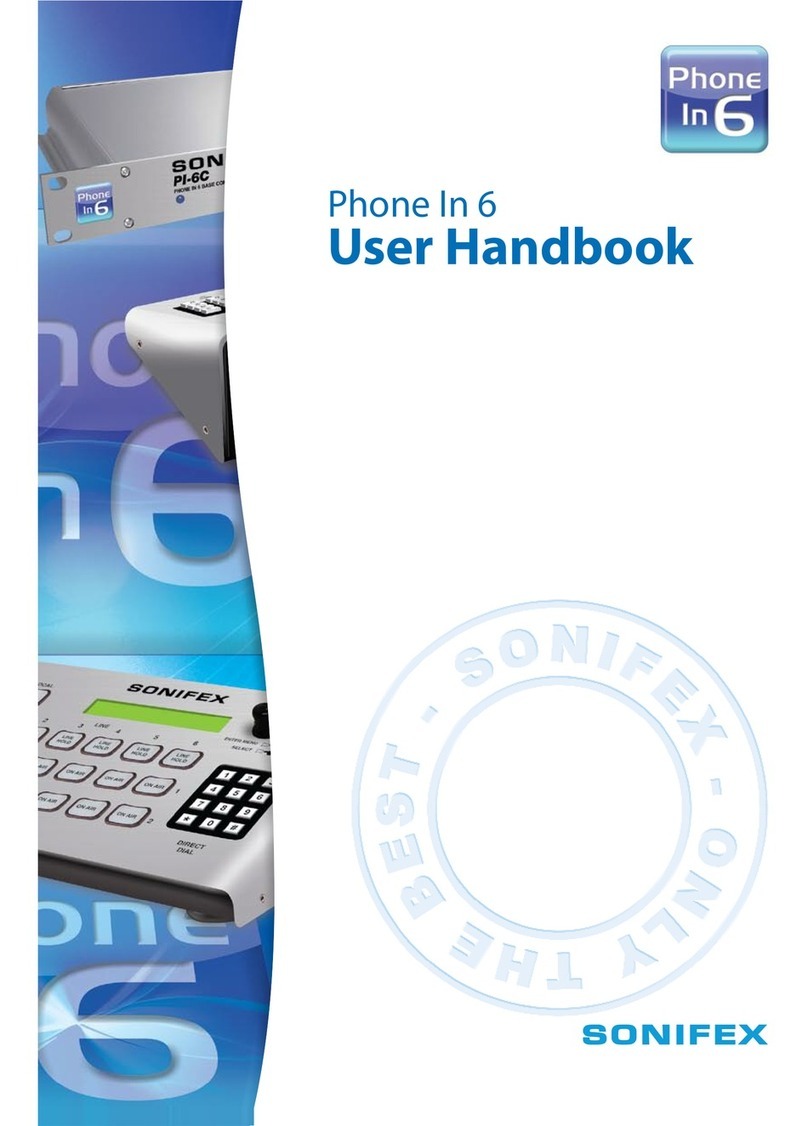Table of contents
Introduction............................................................................................................... 4
TERMS AND ABBREVIATIONS........................................................................... 5
1description and operation of the system.............................................................. 6
1.1Description........................................................................................................... 6
1.2Technical specifications ...................................................................................... 7
1.3System composition............................................................................................. 8
1.4Structure and operation...................................................................................... 12
1.5Connection of the SC......................................................................................... 14
1.6Marking and sealing .......................................................................................... 15
1.7Packaging........................................................................................................... 15
2Description and operation of the system components....................................... 16
2.1Description of the SC ........................................................................................ 16
2.2Operation of the SC........................................................................................... 21
3Intended use....................................................................................................... 29
3.1Operational limitations...................................................................................... 29
3.2Usage preparations ............................................................................................ 29
3.3Use of the System.............................................................................................. 30
4Technical service of the system......................................................................... 32
4.1General description............................................................................................ 32
4.2Safety features ................................................................................................... 32
4.3Maintenance routine.......................................................................................... 32
4.4Instructions on SPTA kit ................................................................................... 34
4.5Preservation ....................................................................................................... 34
5Current repair..................................................................................................... 35
5.1General description............................................................................................ 35
5.2Safety features ................................................................................................... 35
6current repair of SC ........................................................................................... 36
6.1Сommutator telephones and telephones............................................................ 36
6.2Power supply units............................................................................................. 37
6.3Relay unit........................................................................................................... 38
